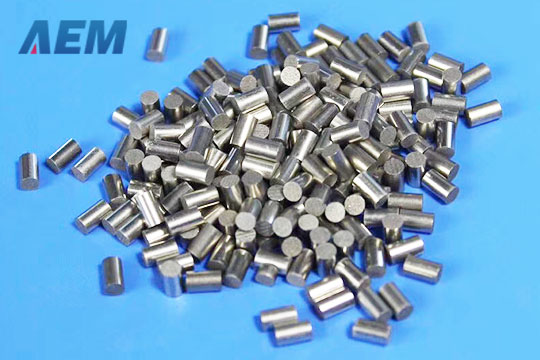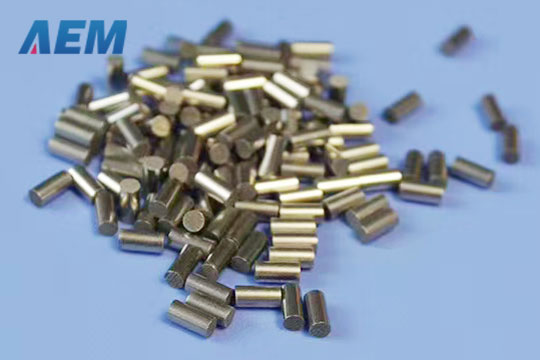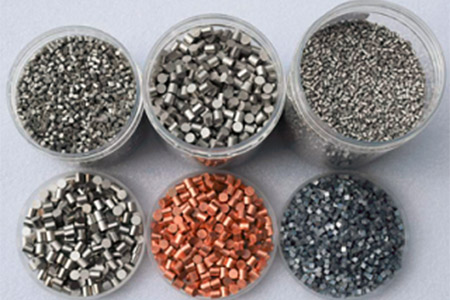 +86-731-89578196
+86-731-89578196
 [email protected]
[email protected]
- Home
- Our Company
-
Products
Sputtering Targets

- Industries
- Blog
- FAQ
- Contact Us
How to Thermally Evaporate Nickel?
Nickel Evaporation Material is a hard, lustrous, silvery-white metal. It has a density of 8.91 g/cc, a melting point of 1,453¡ãC, and vapor pressure of 10-4 Torr at 1,262¡ãC. Its key characteristics are malleability, ductility, and ferromagnetism and its polished surface resists tarnishing when exposed to air. It is the second most abundant element in earth's core, next to iron. It is mainly used to make stainless steel, coins, and batteries. It can also be found in jewelry, but its presence has decreased due to skin allergies. When evaporated in a vacuum, nickel can form a decorative coating on ceramic surfaces or a solder layer in-circuit device fabrication. It is often sputtered to form layers in magnetic storage media, fuel cells, and sens.
The alternative option would be to use an Al2O3 crucible with a crucible heater. The problem is that it is very difficult to get to high enough temperatures to deposit the nickel. Crucibles rely on external heating, and there is only so much power that can be applied to raise the temperature to achieve deposition.














